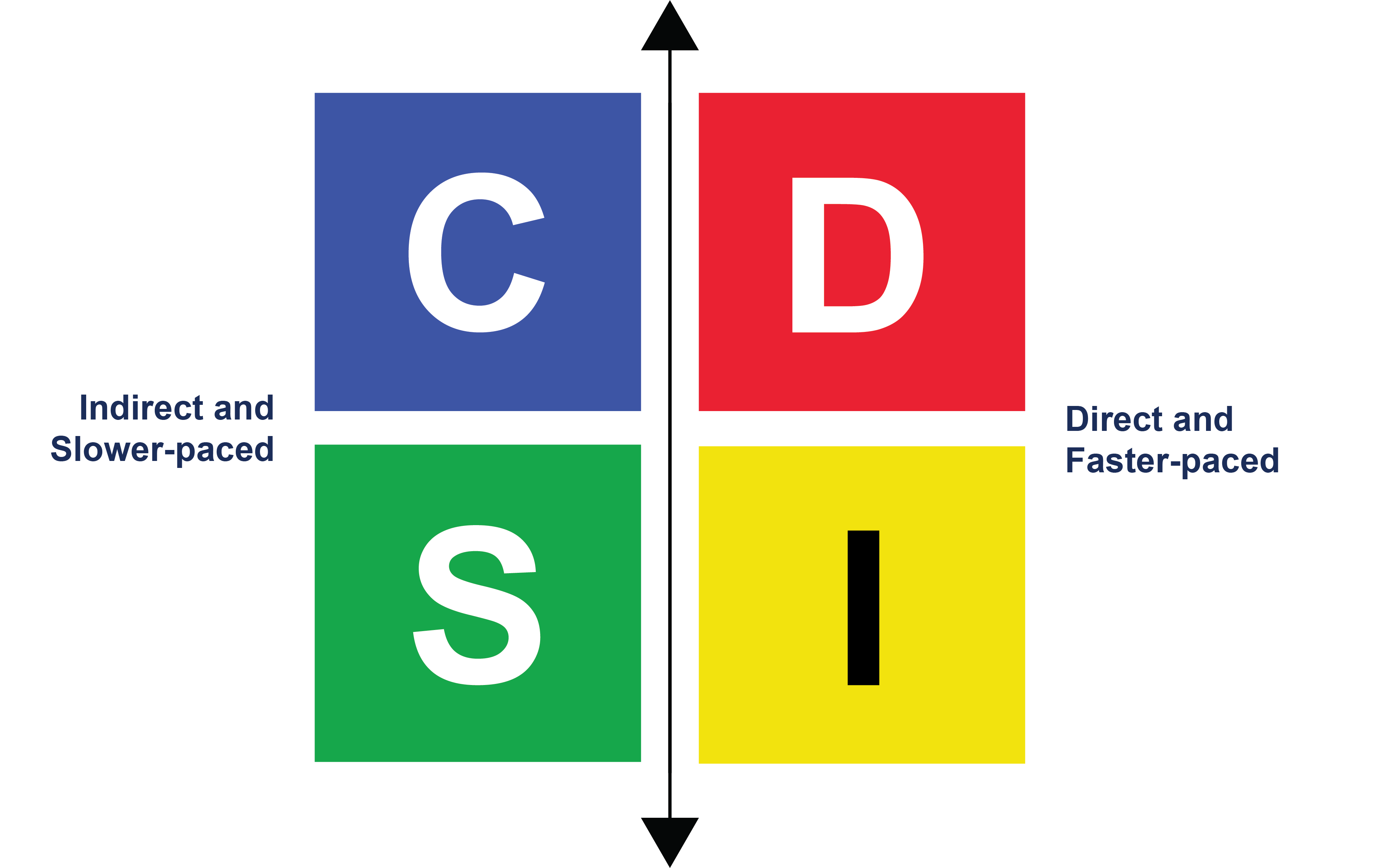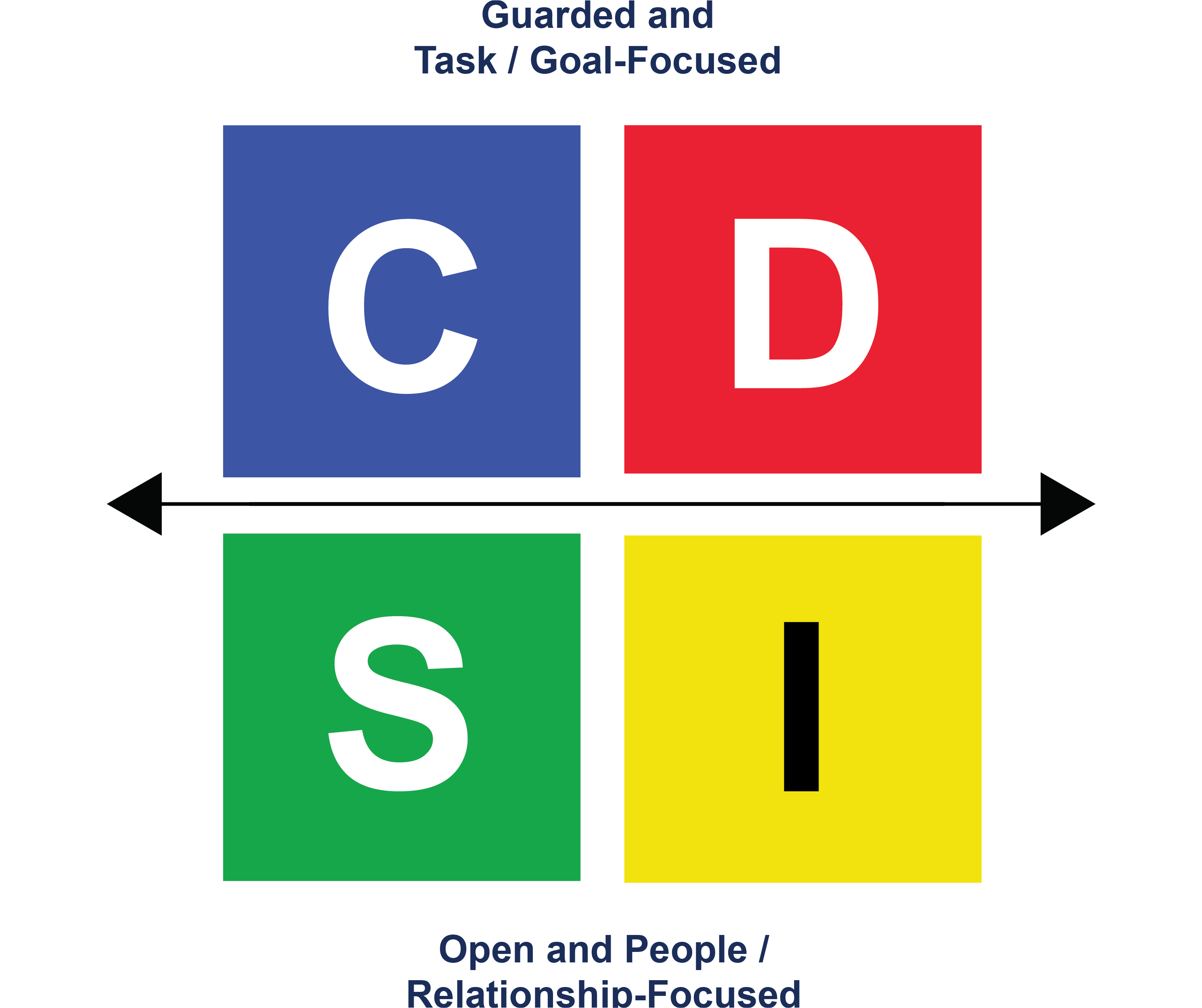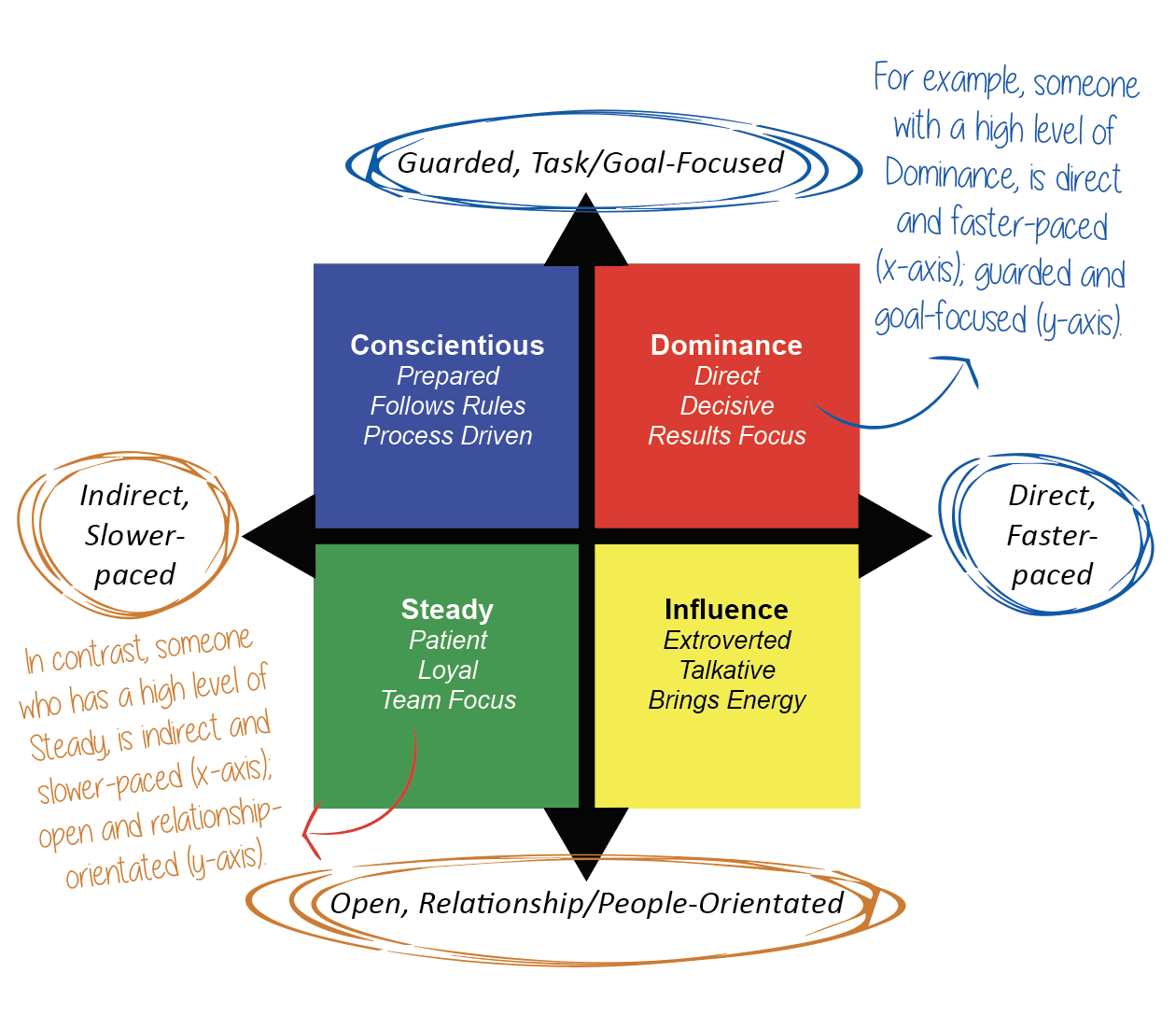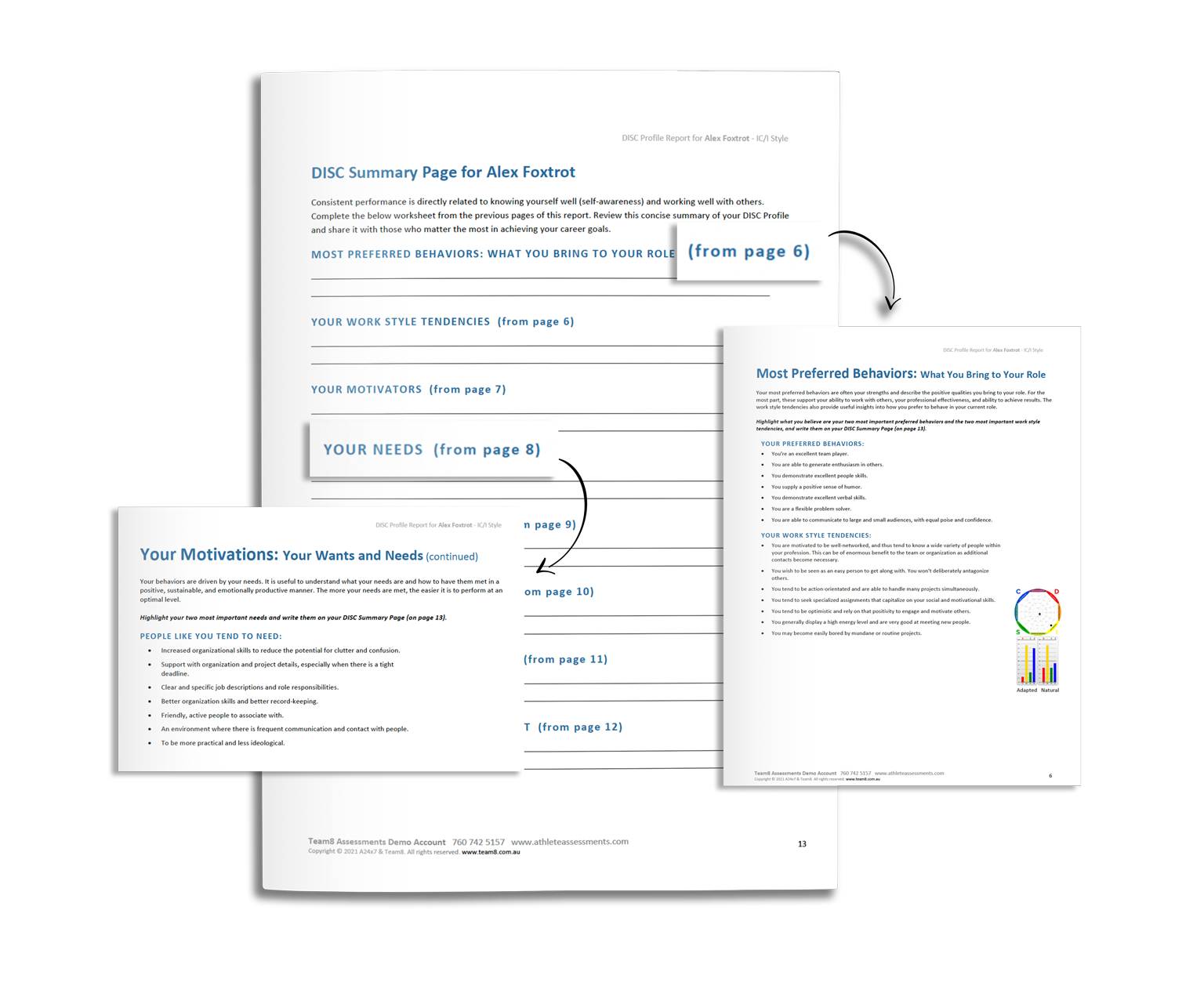Accessing your DISC Profile Report
Some of you may have already completed your DISC Profile as part of BA1000 or BA2000. To re-access your account and report, please search for an email from reports@team8assessments.com.
You should have received a few emails from this address; one titled ‘Assessment Registration Confirmation – Access back to your account, when you first registered which includes a link for you to log in to your account and download your report, a second titled ‘Report is Attached’ once you completed the assessment which includes a pdf copy of your DISC Profile report, and most recently an email titled ‘Your DISC Profile & Career Management Reports are Available for your SAM 3910 class’.
Please ensure you check your spam and junk folders when searching for these emails. If you require any assistance, please reach out to temika.smith@team8.com.au
If you have NOT yet completed your DISC Profile, please use the link below:
Please note, payment methods accepted for purchasing your DISC Profile via the link below are Visa and Mastercard only.
If you are using a Visa or Mastercard and your payment is not processing, or you see a ‘suspected fraud’ or ‘invalid merchant’ message, it may be that your bank has an international block on your card (we are Australian based).
In order to remedy this, you will need to call your card provider who will lift the block, allow you to process payment, and then re-apply the block to your card shortly after. If they cannot do this, please reach out to temika.smith@team8.com.au and we can look at another option for payment.
DISC Profiling Refresher
Before we dive in, let's do a quick refresher on the foundations of DISC Behavioral Profiling. The following videos and content will help you refresh your knowledge of your DISC Profile and the other DISC Styles.

Revisiting the DISC Model
DISC is a four-quadrant model measuring the degree of Dominance, Influence, Steadiness, and Conscientious behavior. Everyone has their unique level of each behavioral style within the context of their role or environment. The model explains the behavior of people with high degrees of D, I, S, and C; and as we move along we will also look at how these behaviors combine. You can use this understanding to start to identify the behaviors and styles of others.
Pace and Directness
Here’s how to identify behaviors in others based on their pace and level of directness.
Direct/Faster-Paced Behaviors
Frequently uses gestures and voice intonation to emphasize points, more likely to introduce self to others, frequent contributor in groups, less patient, expresses opinions readily, sustained eye contact.
Indirect/Slower-Paced Behaviors
Infrequent contributor in groups, reserves expression of opinions, more patient and cooperative, more likely to wait for others to introduce them, often makes qualified statements, infrequent use of gestures and little change in voice intonation.

Orientation and Openness
Look for these behaviors when working with others to determine their level of openness and focus.
Guarded/Task-Orientated Behaviors
Keeps feelings private, limited range of facial expressions, more formal and proper, avoids/minimizes physical contact, conversation stays on subject, speaks in specifics: cites facts and examples, goes with an agenda.
Open/People-Orientated Behaviors
Shows feelings and enthusiasm freely, more relaxed and warm, conversation includes digression, easy to get to know, initiates/accepts physical contact.

Identifying DISC Behaviors
Watch this video to learn how to estimate what someone else’s highest measure in DISC likely is.

Quick Recap
- Faster-paced and more direct behavior coupled with a goal orientation and guarded manner will indicate a likely Dominance or ‘D’ Style.
- Faster-paced and more direct behavior coupled with a people orientation and open manner will indicate a likely Influence or ‘I’ Style.
- Slower-paced and less direct behavior coupled with a people orientation and open manner will indicate a likely Steady or ‘S’ Style.
- Slower-paced and less direct behavior coupled with a task orientation and guarded manner will indicate a likely Conscientious or ‘C’ Style.

Redoing your Summary Page
You may recall completing the Summary Page (page 13) in your DISC Profile report in earlier classes. Having refreshed your knowledge of DISC theory, you will now re-complete this page by following these steps:

Consistent performance is directly related to knowing yourself well (self-awareness) and working well with others.
As you read over Part I of your report, fill in the Summary Page on page 13, or download a copy of it below, with the key things you identify from each section.
Keep this summary somewhere you can easily access, so you can consistently revisit your profile and share it with those who matter most in achieving your career goals.

If you require any support in locating your report, please reach out to temika.smith@team8.com.au or support@team8.com.au.
